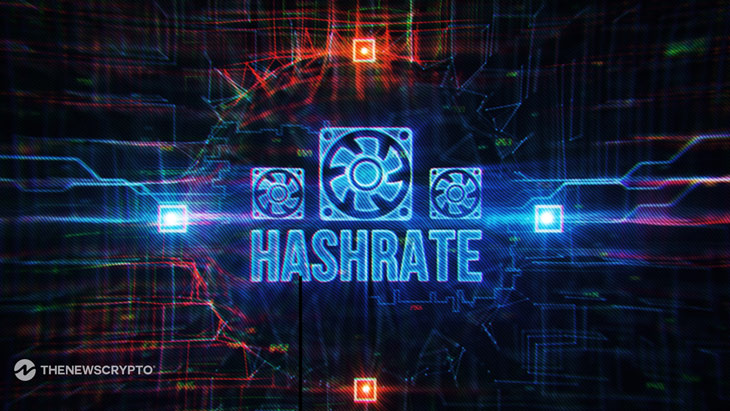It’s easy to dismiss hashrate as a metric that’s of concern to miners and no one else. After all, unless you’re running an ASIC farm, why should you care how much exahash the Bitcoin network is producing per second? Actually, if you’re a crypto business that’s actively trading digital asset markets, you should care a lot.
Not only does monitoring hashrate reveal insights into price projections for PoW assets such as BTC but it forms a market in its own right that can be traded like any other. And it doesn’t require expensive hardware or a deep knowledge of the mining economy to exploit. The availability of two-sided hashrate marketplaces makes it easy for crypto businesses to profitably trade it just like a conventional asset. All it takes is a basic understanding of the forces that govern the price of hashrate – and the ways in which it can be used within the cryptoconomy.
Why Hashrate Matters
Monitoring the hashrate for proof-of-work cryptocurrencies like Bitcoin provides a number of benefits for miners, investors, developers, and other stakeholders. Understanding the trends that influence hashrate provide insights into a network’s health, profitability, and potential future developments.
Rising hashrate can indicate that miners expect future profitability, which is a bullish indicator. Similarly, a sudden drop in hashrate can signal a bearish trend, as it may indicate miners are leaving the network due to falling profitability or increasing difficulty. But it would be a mistake to correlate hashrate levels purely with the price movement of PoW cryptos because there’s a lot more that can be done with this valuable resource.
Crypto miners are incentivized to optimize their ASIC and GPU devices to extract every last bit of processing power out of them and to run them 24/7 with as little downtime as possible. But while mining PoW coins such as BTC is their bread and butter, it’s by no means the only way in which they can make money. The emergence of DePINs devoted to the AI industry has provided one alternative revenue source for miners. There’s constant demand for GPUs from startups providing generative AI, and depending on demand, the incentives for supplying compute can be greater than those available from mining.
But thanks to the emergence of hashrate marketplaces, miners can sell their hashpower to the highest bidder – and it’s here that crypto businesses on the other side of the trade have a chance to make money.
How to Profit From Buying Hashrate
Purchasing hashrate is as simple as visiting one of the leading marketplaces and placing an order, which is usually paid with BTC. Multiple miners will then compete to fill the order and receive payment for every share they provide. It’s then simply a case of the buyer directing the hashrate towards the pool of their choice and profiting from the rewards they earn from their rented hashrate.
Using a marketplace such as NiceHash, for instance, buyers can purchase hashrate with no contract required. Miners compete to fill the order as quickly as possible but the buyer retains the freedom to cancel their order at any time and receive a refund on any unfilled orders. After receiving the hashpower they’ve ordered, the buyer then directs it at their chosen mining pool and earns the resultant rewards.
For crypto businesses trying to profit from buying hashrate, it makes sense to start by monitoring the profitability of different PoW coins and identifying the variance in profits that exist between different pools and assets. The process can be thought of as a kind of hashrate arbitrage that seeks to make profits from the market inefficiencies that routinely see certain coins become highly profitable until miners catch on and drive this back down.
But there’s more to mastering hashrate trading than simply studying the long tail of PoW coins and searching for opportunities to bank quick mining profits. At certain times, mining bitcoin can prove particularly lucrative through opportunities that exist for merge mining: that is, mining multiple cryptocurrencies simultaneously.
Recently, for instance, interest in Bitcoin sidechain Fractal Bitcoin has sent hashrate prices soaring, while rewarding crypto businesses that were astute enough to identify this emerging opportunity. Such opportunities aren’t uncommon, either: they regularly surface thanks to the expansion of the Bitcoin ecosystem which enables smart miners – or smart hashpower buyers – to earn additional revenue over and above BTC block rewards.
If you’re a crypto business that’s willing to trade anything if the risk-reward ratio is suitably compelling, don’t fade hashrate. It’s one of the most under-appreciated markets that can provide outsize returns for buyers who time their entry and direct their rented hashpower towards networks where the greatest opportunities lie.







